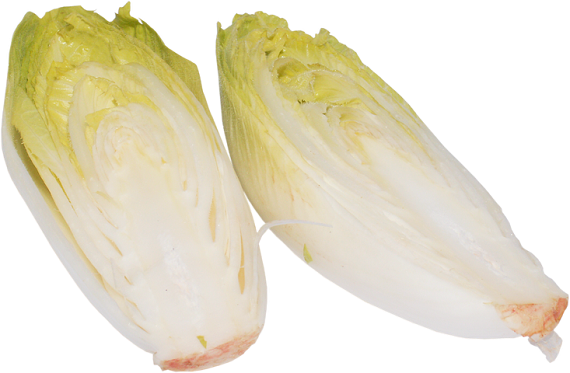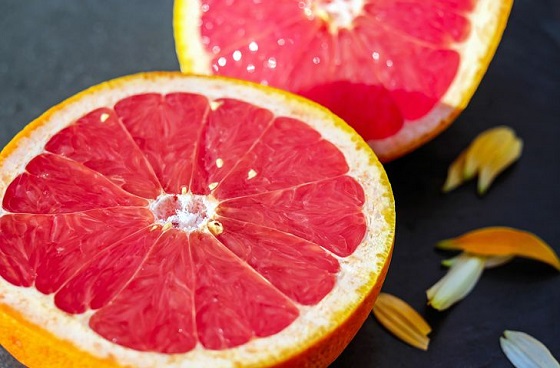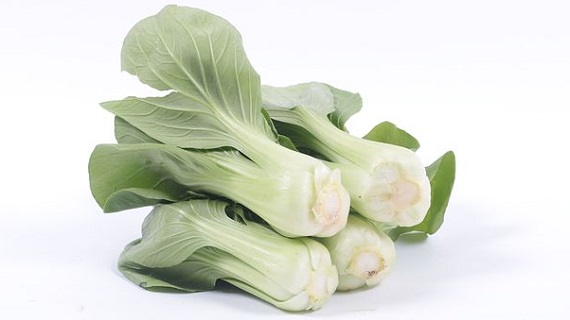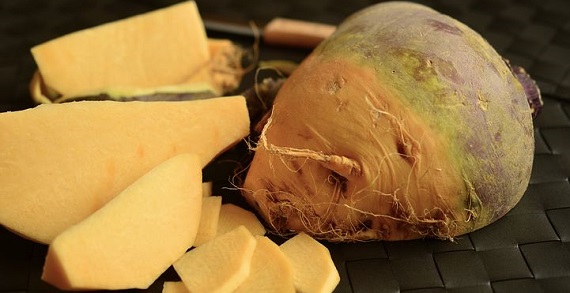Whether it`s fruit, vegetables, freshwater fish or seafood you fancy, eating what`s in season now can mean tasty, nutritious, sustainable and cost-effective choices.
This page will help you discover what to eat right now and what foods you can look forward to throughout the year.
February Produce
Chicory & Raddichio

Raddichio and chicory are two very similar vegetables the most distinct difference is that raddichio has red/purple leaves and chicory has green tipped leaves (left). The vibrancy of these colours is dependent on the amount of light that the plant has been exposed to whilst growing, for raddichio if it has not been subjected to any light during its growth period then the contrast between the red and the white colouring on the leaves will be strong. Chicory can be grown with zero light exposure and those available to buy tend to be grown in darkness as observed by the mainly white colouring of the leaves, however if growing them at home and achieving total darkness is a struggle, more exposure to light just means the leaves will be greener.
Both vegetables have an unusually bitter taste. They are typically used in salads, grilled in wedges or as a canapé where the leaves can be filled with prawns marinated in lemon and coriander for example. They pair well with sweet fruits to counteract their bitterness, particularly pomegranate, melon or mango, and also cheese to add a salty twist, feta and blue cheeses especially.
Grapefruit

One of the larger members of the citrus fruit family that can have either yellow, orange, pink or red flesh. Its taste is not as sweet as some of the other citrus family, grapefruits are typically quite sharp hence its popular coupling with sugar to make its taste more appealing. Grapefruits are used for their juice, in fruit squash, in salads, for breakfast and in cocktails too. In salads their tart flavour complements fish and seafood and salty cheeses such as feta. They are a relatively inexpensive fruit so look out for them in your next food shop and try them out for breakfast perhaps, or add them to water to give it a fruity twist.
Grapefruits need to be grown in warm climates such as those of southern USA, South America, Africa and Southern Asia and are in season from November through to late winter/early spring.
Grapefruit is high in vitamin C, an 80g serving provides 36% (29mg) of your daily recommended amount. This water-soluble vitamin is important for the formation of collagen, which is essential in wound healing, it is deposited to strengthen the wound and reduce the chances of further injury.
Pak Choi

Pak choi is part of the cabbage family, to look at it it appears to be halfway between a cabbage and celery and it goes by various other names, such as Chinese celery cabbage just to confuse things. Bok choy is another name as is horse`s ear but they all refer to the same vegetable that is popular in Asian cooking. Typically it is cooked before eating, it can be steamed or fried, however younger plants can be eaten raw. Pak choi is often used in stir frys, salads, alongside various sources of protein such as fish, meat and tofu and is well complemented by ginger and sesame.
In terms of seasonality pak choi is available all year round however if you wanted to grow your own the best time to sow is late spring leading into summer.
Nutrition fact: it is high in folate with 64mg (32% of the average adults daily target) per 80g serving.
Swede

This root vegetable is best boiled, steamed or roasted and is popular in casseroles, as mash or alongside your other favourite vegetables. Swede also goes by the name of 'neeps' in Scotland where it is an important part of Burns Night on 25th January, as it is traditionally the accompaniment to haggis.
Swede is a member of the Brassica family just like the turnip which it is often confused with. If you want to grow your own then be aware they can take quite a while to fully mature, up to 6 months, therefore sowing them in summer should have them ready for winter feasting.
Nutrition fact: one 80g portion of cooked swede is a source of vitamin C providing 12mg which is 15% of the recommended daily intake.
EAT THE SEASONS
What's best to eat in January ?
Nothing tastes better than eating in season. Find out what's at its best in January
 read more
read moreWhat's best to eat in March?
Nothing tastes better than eating in season. Find out what's at its best in March
 read more
read moreWhat's best to eat in April?
Nothing tastes better than eating in season. Find out what's at its best in April.
 read more
read more